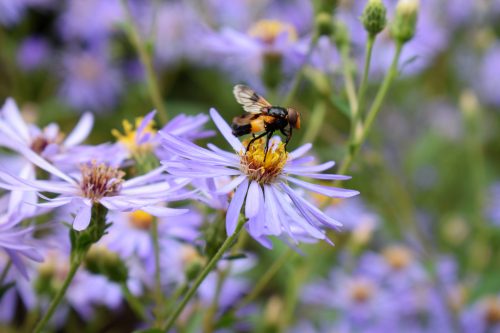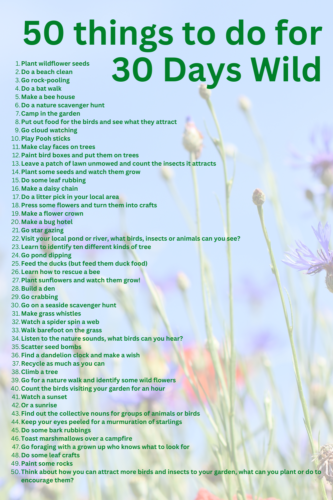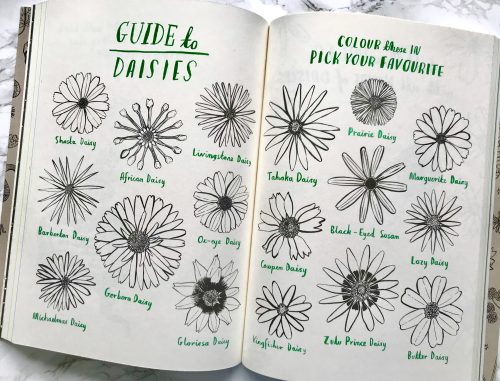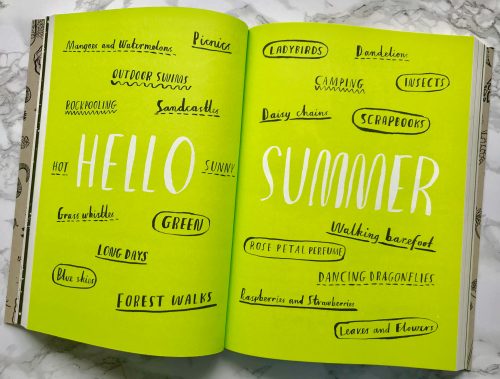Several years ago, the Wildlife Trusts launched 30 Days Wild, where in the month of June, you’re encouraged to explore and enjoy all the wildness and wonderfulness of nature. You can read more about it and order your free pack on their website. It’s something we like to dabble in, we’re a nature loving bunch and we are lucky enough to live in an area close to a river, woodlands, meadows and small patches of nature reserves. But even if you’re slap-bang in the middle of a busy city, there are always places where nature thrives.

If you’re tempted to take part in 30 Days Wild, I’ve got 50 lovely ideas for exploring nature which will hopefully inspire you.
50 things to do for 30 Days Wild
- Plant wildflower seeds
- Do a beach clean
- Go rock-pooling
- Do a bat walk
- Make a bee house
- Do a nature scavenger hunt
- Camp in the garden
- Put out food for the birds and see what they attract
- Go cloud watching
- Play Pooh sticks
- Make clay faces on trees
- Paint bird boxes and put them on trees
- Leave a patch of lawn unmowed and count the insects it attracts
- Plant some seeds and watch them grow
- Do some leaf rubbing
- Make a daisy chain
- Do a litter pick in your local area
- Press some flowers and turn them into crafts
- Make a flower crown
- Make a bug hotel
- Go star gazing
- Visit your local pond or river, what birds, insects or animals can you see?
- Learn to identify ten different kinds of tree
- Go pond dipping
- Feed the ducks (but feed them duck food)
- Learn how to rescue a bee
- Plant sunflowers and watch them grow!
- Build a den
- Go crabbing
- Go on a seaside scavenger hunt
- Make grass whistles
- Watch a spider spin a web
- Walk barefoot on the grass
- Listen to the nature sounds, what birds can you hear?
- Scatter seed bombs
- Find a dandelion clock and make a wish
- Recycle as much as you can
- Climb a tree
- Go for a nature walk and identify some wild flowers
- Count the birds visiting your garden for an hour
- Watch a sunset
- Or a sunrise
- Find out the collective nouns for groups of animals or birds
- Keep your eyes peeled for a murmuration of starlings
- Do some bark rubbings
- Toast marshmallows over a campfire
- Go foraging with a grown up who knows what to look for
- Do some leaf crafts
- Paint some rocks
- Think about how you can attract more birds and insects to your garden, what can you plant or do to encourage them?

Have you got any ideas to add to the list? Comment below what you’re doing for 30 Days Wild this year.






